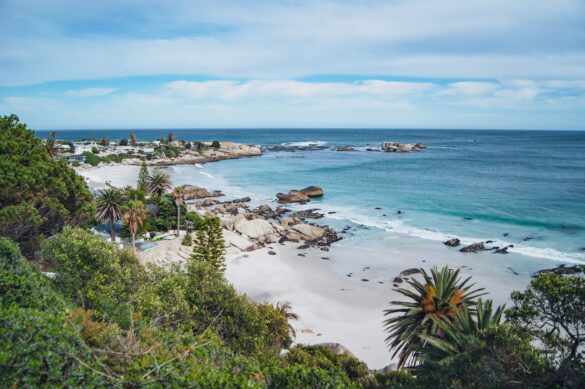A Landmark in Conservation: Ivory Coast’s First Voluntary Nature Reserve
In a historic victory for conservation, the Tanoé-Ehy Swamp Forest (FMTE) in southeastern Ivory Coast was officially designated as the country’s first voluntary nature reserve in December 2021. This milestone not only marks a breakthrough in the fight to protect one of West Africa’s most endangered ecosystems but also sets a bold new precedent for community-led environmental stewardship.
The Tanoé-Ehy Swamp Forest, long recognized as a biodiversity hotspot, is home to some of the world’s most endangered primates, including the Miss Waldron’s Red Colobus, the Roloway monkey, and the White-thighed colobus, once thought to be extinct. These species, once at the brink of extinction due to deforestation, agricultural expansion, and hunting, now stand a chance. But this victory for wildlife was driven by the very people who call the forest their home – 11 villages that have shouldered the responsibility of protecting this vital ecosystem.
Local communities, with their deep-rooted values and traditional conservation practices, were empowered to take the lead in managing their natural heritage. This approach, which was embraced by both the communities and authorities, has been key to the project’s success.
“The Tanoé-Ehy Swamp Forest Nature Reserve, is a guarantee of the contribution of the communities of Sud-Comoé to development and the fight against climate change”, said Dr AKA Aouele, President of the Sud-Comoé Regional Council.
As Tanoé-Ehy Swamp Forest enters this new phase of governance, supported by the Regional Council and international partnerships, it stands as a powerful example of how community-led conservation can lead to sustainable and effective preservation of natural resources. The success of this initiative offers a valuable model for future conservation efforts in Ivory Coast and beyond.
A Bold Approach: Conservation from the Ground Up
The decision to designate the Tanoé-Ehy Swamp Forest as a voluntary nature reserve, as opposed to a national park, is a pioneering example of community-led conservation. From the beginning, this effort has been built on the traditional values and environmental knowledge of local communities, combined with modern research and conservation strategies.
The 11 surrounding villages are collectively the traditional owners of the forest. In 2006, they established a multiple level organization to ensure the conservation of the forest, and in 2009, the government established a National Committee entrusted with the designation process of the Tanoé-Ehy forest as a community-managed reserve. Finally, in 2021 the communities received official notification that they are the legal owners and stewards of the forest, ensured by the Wildlife Division of the Ministry of Environment.
The communities from the villages went even further and protected the Forest from a company looking to exploit the population’s naivety and seize the land for palm plantations. The determined resistance of the community, who understood the value of prioritizing conservation over economic opportunities, played a key role in protecting the Tanoé-Ehy Swamp Forest, while balancing both environmental and local interests. Having local people take the lead in managing the forest – a resource that holds both ecological significance and cultural heritage – was key to the project’s success. By fostering a critical mass of understanding and engagement in each village, the initiative has built a strong foundation of support for sustainable development. Today, the Tanoé-Ehy Swamp Forest is not only a sanctuary for endangered species but also a model of sustainable development.
A Haven for Biodiversity and Research
The FMTE is now not only a vital ecological reserve but also a significant site for scientific research. In addition to its primates, the forest harbors at least 33 endemic and threatened plant species, two endemic fish species, ten amphibians, and over 19 bird species of conservation concern. This extraordinary biodiversity has turned the forest into a magnet for scientific research, helping to deepen our understanding of West African ecosystems and inform future conservation efforts. Furthermore, the empowerment of local communities to manage natural resources has been a notable achievement, with ongoing efforts to enhance their capacity for financial resource mobilization.
Ongoing biological surveys and studies, led by the Centre Suisse de Recherches Scientifiques (CSRS), have underscored the forest’s global importance. By working closely with the local communities, CSRS has not only contributed to the preservation of these rare species but also provided invaluable support in developing sustainable forest management practices. This collaboration highlights the power of partnerships between scientists and local stewards in driving conservation success.




Watch our #RegionsVoice video and discover more about Ivory Coast’s story:

This story is presented in the framework of the COOP’R project, led by the Association Internationale de Régions Francophones (AIRF) with support from Regions 4, the Federation of Regional Natural Parks, and Nitidae. The project aims to promote interregional cooperation for the economic and social development of Francophone territories through biodiversity management.


